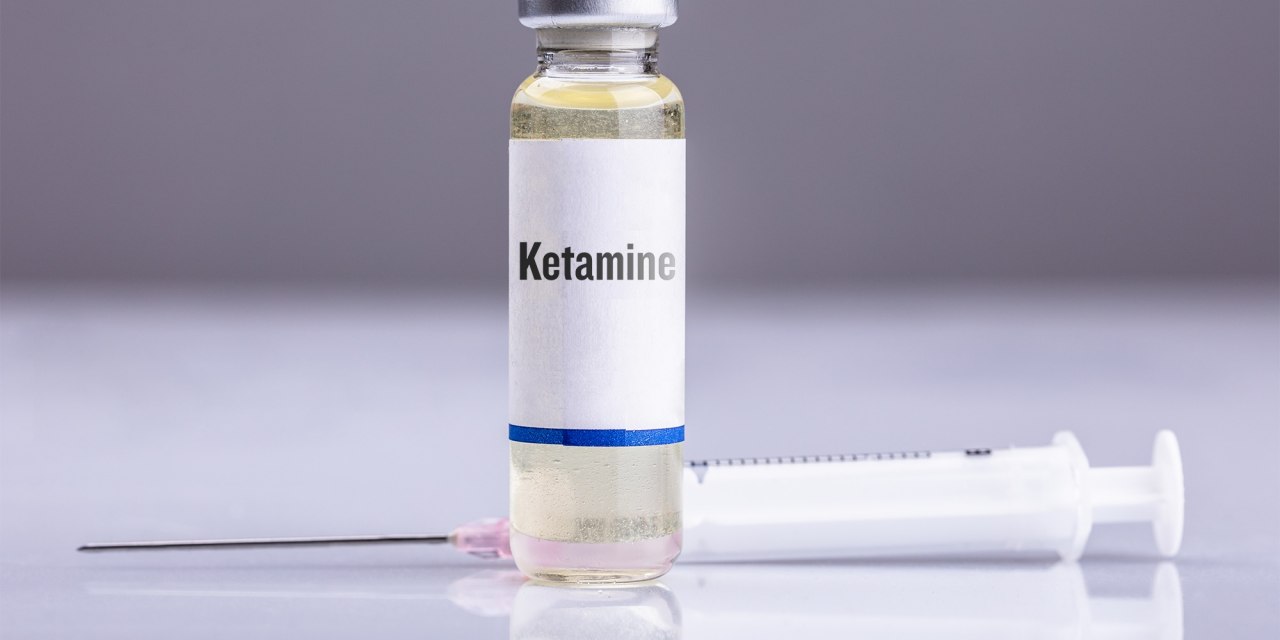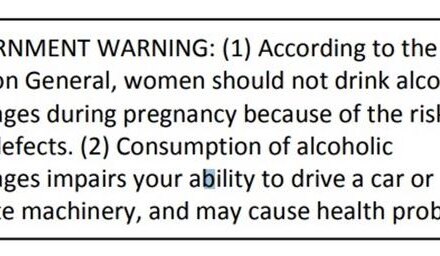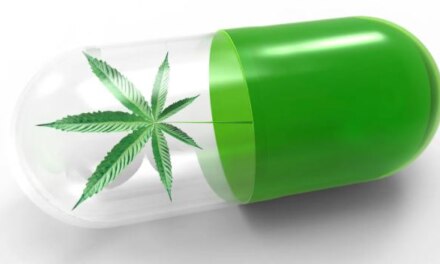There’s been a great deal of discussion in the popular media about the potential of the drug ketamine as a treatment for depression. We’ve heard some pretty remarkable stories about its ability to promote rapid symptom relief, even a virtual turnaround, in certain difficult cases. That’s the good news.
Less discussed has been the potential downside to using ketamine in therapy. Especially outside the structured, controlled environment of a research project, which appears to be the rule. I was amazed to learn we now have more than 500 ‘ketamine clinics’ open and operating in the United States alone. Few of them have much in the way of oversight.
I just can’t see that as a good thing. One expert compared it to a situation where “…we [physicians] all decided we were going to open a neurosurgery clinic at the mall.”
Check this discussion out for a very helpful overview.
I wouldn’t call the two experts quoted there either especially ‘pro’ or ‘con’ when it comes to the use of ketamine in therapy. One is definitely more optimistic about its prospects, the other more skeptical. Both see value and risk there.
I come down on the skeptical end. After all, how many times have we seen drugs unleashed on the public with great fanfare, only to see them create a host of new and damaging problems for society? Way too often for comfort, in my experience.
I worry that’s what is happening right now. Some supporting evidence:
- Despite the availability of a consensus document on best practices, the vast majority of those 500-plus clinics operate well outside those guidelines. The competition for patients can be fierce. It reminds me of the early years of private for-profit addiction rehab. It’s not an atmosphere that encourages honest marketing.
- Most of the available research has actually been done using ketamine’s relative esketamine. Can we expect to see differences in outcomes?
- I’m told the clinics differ widely in the availability of psychotherapy to support the medication — that too can alter outcomes.
- Some clinics offer ketamine via nasal spray, while others rely on intravenous infusion. Those are vastly different methods of administration.
- At the moment, it’s common for clinics to admit patients who haven’t yet tried to find relief through other, more established, better understood alternatives. Now that reminds me of the stampede of patients in the late 1990’s to get hold of the new breed of prescription opioid medications, as a first option for chronic pain. Many of those patients wound up abusing the medications. A significant percent went on to develop a damaging addiction.
One area where both the experts agree: given the state of our current knowledge, ketamine therapy should be viewed as an alternative to other serious interventions, such as electroconvulsive therapy (ECT). Think of it as a type of ‘last resort’ for patients whose depression has proved resistant to other treatments. Or in select cases where dramatic intervention is required due to a high risk of suicide.
I was surprised to learn that the antidepressant effects of ketamine are completely blocked by naltrexone, a common opioid antagonist. Doesn’t that suggest that ketamine is making use of the brain’s opioid systems? Is it possible we’ll see an issue of drug withdrawal emerge over time? For instance, as use becomes more widespread?
We shouldn’t forget ketamine’s well-established reputation as a drug of abuse. There’s a reason for that, remember.













